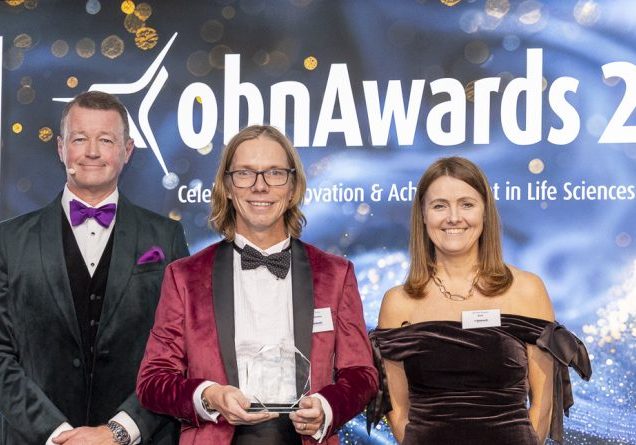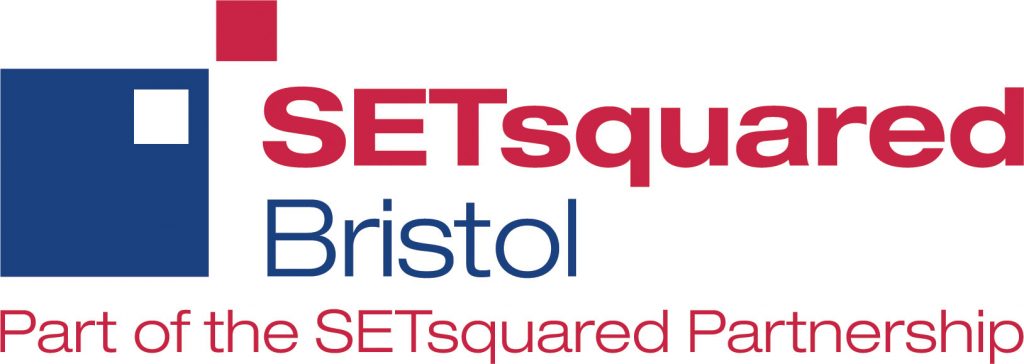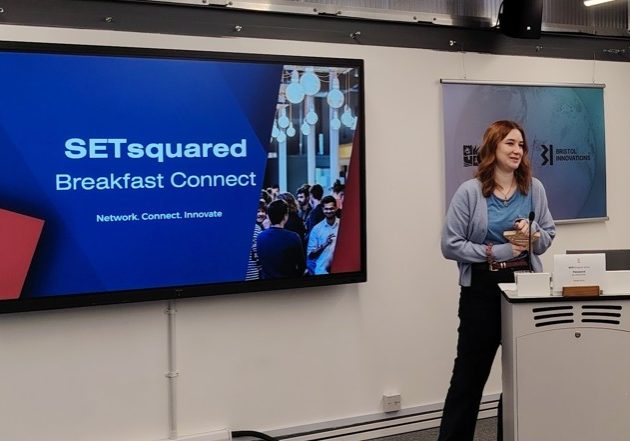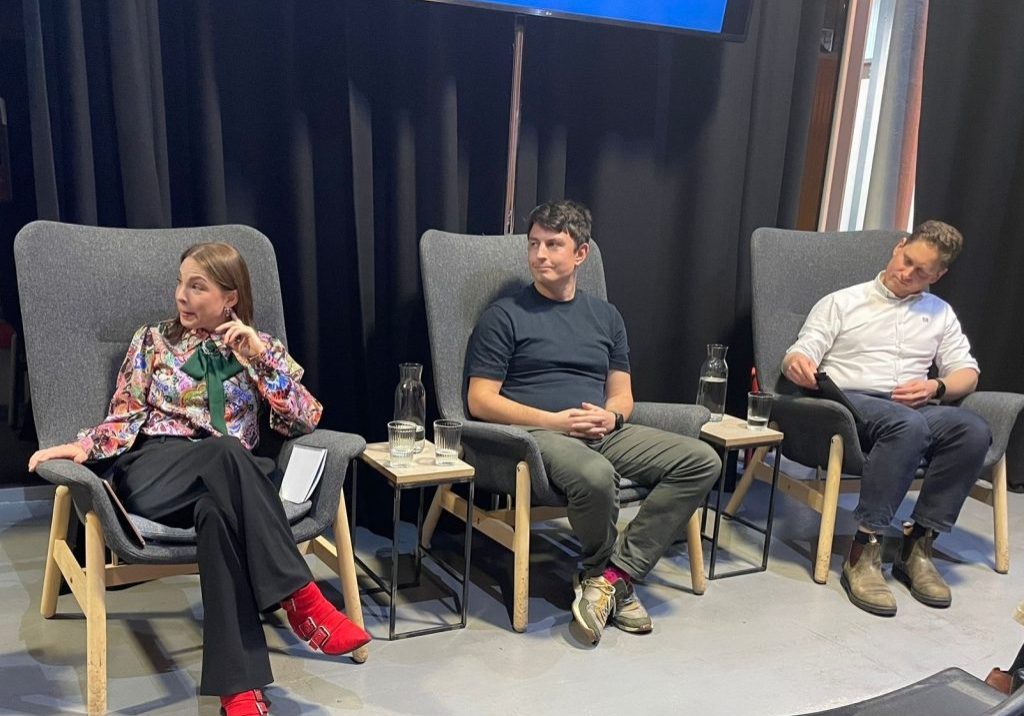Stewart Noakes: Becoming investment ready
Posted by
Stewart Noakes
Stewart Noakes, Entrepreneur in Residence at SETsquared Bristol, shares his guide to becoming investment ready for technology startups.
So, you want to raise seed funds for your idea, but with so much information out there it can be hard to find where you should start.
Every investor seems to ask you something different and when you’ve tried to implement the ideas from half a dozen bits of feedback you suddenly can’t recognise your own idea.
You’ve run it past friends and potentially other founders within your network, you’ve even talked with a mentor and you’re just looking for a playbook that gets it all done. But where is it?
There is no [one size fits all] playbook!
The first thing to recognise here is that there is no common playbook or absolute standard for raising investment. There is no ISO certificate or single source of truth for every type of raise. There are however common factors between countries, industries and types of investor that will stand you in good stead to think about.
Within the SETsquared Investment Readiness process we build on these factors through a series of workshops and coaching sessions that help founders to refine and build assets for executing on any raise. As they get through each Investment Readiness level we are then able to open up opportunities for them to engage with investors and events.
Where to start
There are three core factors to consider first: team, product and customers. Let’s take them in that order:
Team – Your early-stage idea is going to be subject to a fair number of iterations and changes before it achieves product market fit and starts to scale. The common factor across all those cycles will be the team, and their ability to do things and to learn fast as they execute. A solid team has several team members – the ideal starting point is three. They have a diverse set of experiences and skills between them, and occupy the visionary, order filler (sales person) and technologist roles. They demonstrate the history of doing this kind of thing before, and they also show clearly how they discuss, make decisions and learn together. As a team they embrace the tension and complexity of startup life.
Product – The product is rooted in the needs of a clear customer group. It’s been built with direct user input and consideration. There is a clear value proposition, where the target customer benefits in a meaningful way and there are clear unit economics that point towards scalable profit margins.
Customers – The strongest form of investment readiness is when you already have paying customers, but at a seed raise this isn’t always the case. The investor is looking in that moment to see that you’ve identified a clear early adopter (or innovator) persona. You’ve gotten to know and understand them well and involved them in the product evolution. Ultimately you need to show that you have a deep root of empathy and understanding with this customer that will enable you to hear their voice as you strive to iterate and achieve product market fit.
Get a clear story together
Telling a story is not easy. Making it simple, compelling, brief and memorable takes many iterations even for the most experienced. It’s about putting the hours in and getting many loops of feedback from a wide spectrum of sources.
It’s also about recognising that the story needs to be framed by the needs of the investor. Look to understand them and the way they want to make decisions, then adjust your story accordingly.
From that story, a number of assets will be derived. Each reinforcing, but providing different lenses. Typically these include:
- an elevator pitch (1 minute or less)
- a one page investment teaser
- a five minute deck – for pitch competitions
- a ten minute deck – for investor meetings
- a 30 minute deck – for the second meeting/deeper conversations.
Get to know the investors
Investors are not all the same. They have different needs, funds, and ways of working.
You don’t want to apply to every investor in the UK or even every investor in your segment. It’s a higher return game if done with more focus.
This all starts from making a list and qualifying or screening each investor against the criteria you have.
Start the filtration process easily with alignment factors such as investment stage, segment focus and thesis alignment.
Then screen further with factors such as actively deploying and in the first three years of a fund, no competing products already in their portfolio.
This target list gets you to the point where you have an investor universe to care about and here’s where the human element comes in. Investors are people! They make decisions in their own way, and this is something to get to understand from talking with them. Sure you can do some background research and watch YouTube videos, but there is no replacement for a conversation over a coffee to get to know and understand them. This should happen way before any approach to raise funds. It can be around a narrative such as “I am exploring ideas in the space where you invest and I’d like to understand what you look for and how you make investment decisions before I come to you with my idea in the future”.
Within this stage of the investment readiness you also need to consider what value, beyond the funding, the investor will be to you. Particularly if they are going to take a board seat.
They are likely to be involved in your journey for perhaps as much as ten years. Look at the wisdom they can tap into from their experience and network and ask them “How can you help me to succeed?”. Then look to their personality and ask yourself honestly if this is someone you can not only work with, but someone you can argue with and learn with and make difficult decisions with.
Have a plan and have the focus
On average a 6 month expectation of raising seed funds is reasonable. It can be done in less but in current markets it can take longer.
From the moment you start this process you need to see that as a timeline you are working to. One of the founders will most likely be 100% committed to the raise. Everyone will get involved at times, but someone will need the headspace and diary space to be present, responsive and ready for every meeting, coffee, question and update along the way.
So, now am I investment ready?
After treading through all this, you are on your way but you are not there yet. We’ve got the detailed stuff to go. The data rooms to build. The business plans to write. The forecasts and graphs and projections to map out. You also need to select the law firm and account that will support you. These advisers are critical to the paperwork side of the execution.
Then you are ready to start the conversations and be credible. You are ready to learn from those conversations and take those lessons into iterations of the assets you’ve created, and the very proposition you are evolving.
One of the quickest stages of evolution will be your seed raise because you will be both iterating your product and your narrative in parallel, with the catalysis of the investor meetings and your pressing runway to force those changes through in short order.
Being investment ready is the start of the race, not the destination.
If you’re a technology entrepreneur that needs support with investor readiness and introductions with the right people, find out more and apply to SETsquared Bristol.
Recent News, Blogs and Stories



